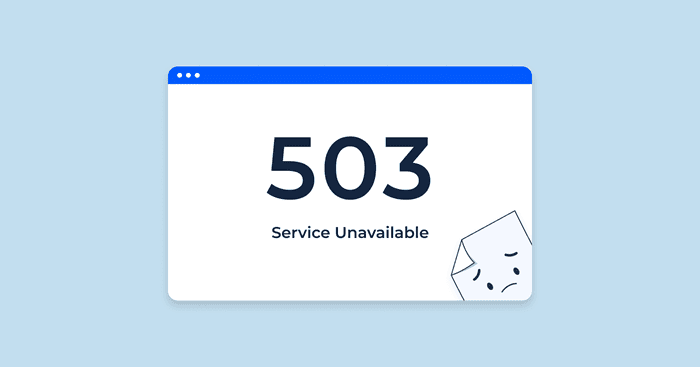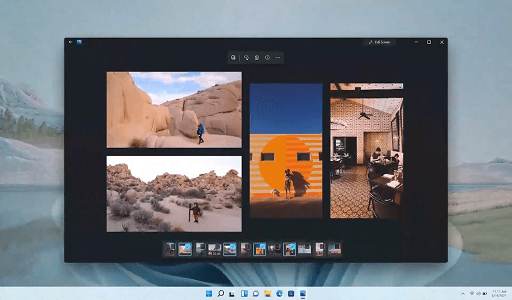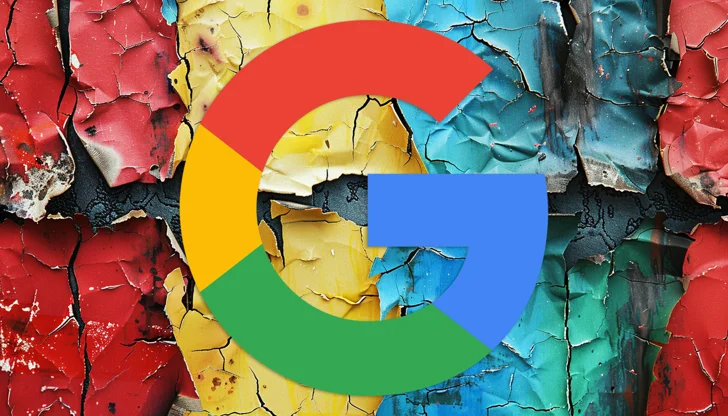Searchers accustomed to constant website availability might be disappointed when they come across a 503 status code. However, short periods of downtime are generally acceptable.
In the April session of Google Search Central’s SEO office hours, there was a discussion about the possible effects of intermittently serving 503 “Service Unavailable” status codes.

Gary Illyes, a veteran Google webmaster trends analyst, provided clarification on the search engine’s position.
“Serving a 503 status code for an extended period of time will cause a decrease in crawl rate.
Fortunately for you, 10-15 minutes every now and then is not ‘extended’ by any means, so you should be fine.”
The Significance of Uptime
Although achieving 100% uptime is desirable, it is not necessary to retain favorable rankings in Google’s search listings. Websites go through maintenance and updates and may encounter unplanned downtime occasionally. As long as these downtimes are short and rare, they are unlikely to significantly affect crawling and indexing.
While Google did not explicitly define an extended downtime period, it was noted that occasional 10-15-minute interruptions per week are considered acceptable.
Previously, Google indicated that web pages could be deindexed if a site remains down for several days.
You can also read: Google on Search Console Validation Fix for 404 Errors
Preparing for Updates
It’s advisable to use advanced planning and strategic approaches for websites anticipating prolonged periods of downtime. Techniques such as shadowing a staging site or implementing progressive rollouts can minimize the visibility of errors and downtime.
Illyes suggests:
“If you do things by the book, meaning the website keeps being resolvable and the actual downtime is minimal, changing [configuration] should not have negative effects on your pages’ rankings in Google’s search results.”
While continuous uptime is best from the perspective of user experience, short periods of downtime do not hurt a site’s ranking in the Google search results.
Google’s assurance about short 503 status code updates puts publishers’ minds at ease, thinking that websites down might have negative effects.
So many websites go through regular update cycles, be it on a weekly or monthly basis, and require website downtime to do publishers’ tasks such as publishing new content, updating products, applying security patches, and other forms of maintenance.
Moreover, there could be sudden outages, problems at the server level, and other types of downtimes that are just impossible to avoid. So long as such temporary disruptions are taken as active tasks to work upon, there is nothing to be highly afraid of with regard to losing search rankings and visibility.
How This Information Can Help You
Website owners, developers, and SEOs who maintain websites can learn from the valuable insights provided below about Google’s tolerance for 503 status codes.
You can also read: Challenges of Modern Cloud Computing Databases for 2024
A few takeaways are:
- Know that it is better to plan for and minimize outages during updates but not stress about very short periods serving 503s.
- Monitor analytics and user feedback to make sure that users are not heavily impacted during periods of unavailability or downtime.
- Keep the website healthy: Make sure uptime is high and errors get resolved quickly.
- Learn how you might use staged rollouts to minimize mistakes in major updates that require extended downtime.
By setting some reasonable expectations on the part of Google, a website can make informed decisions about balancing downtime with SEO priorities.
Would you like to read more about “Google’s Perspective on the SEO Impact of 503 Status Codes” related articles? If so, we invite you to take a look at our other tech topics before you leave!
Use our Internet marketing service to help you rank on the first page of SERP.











